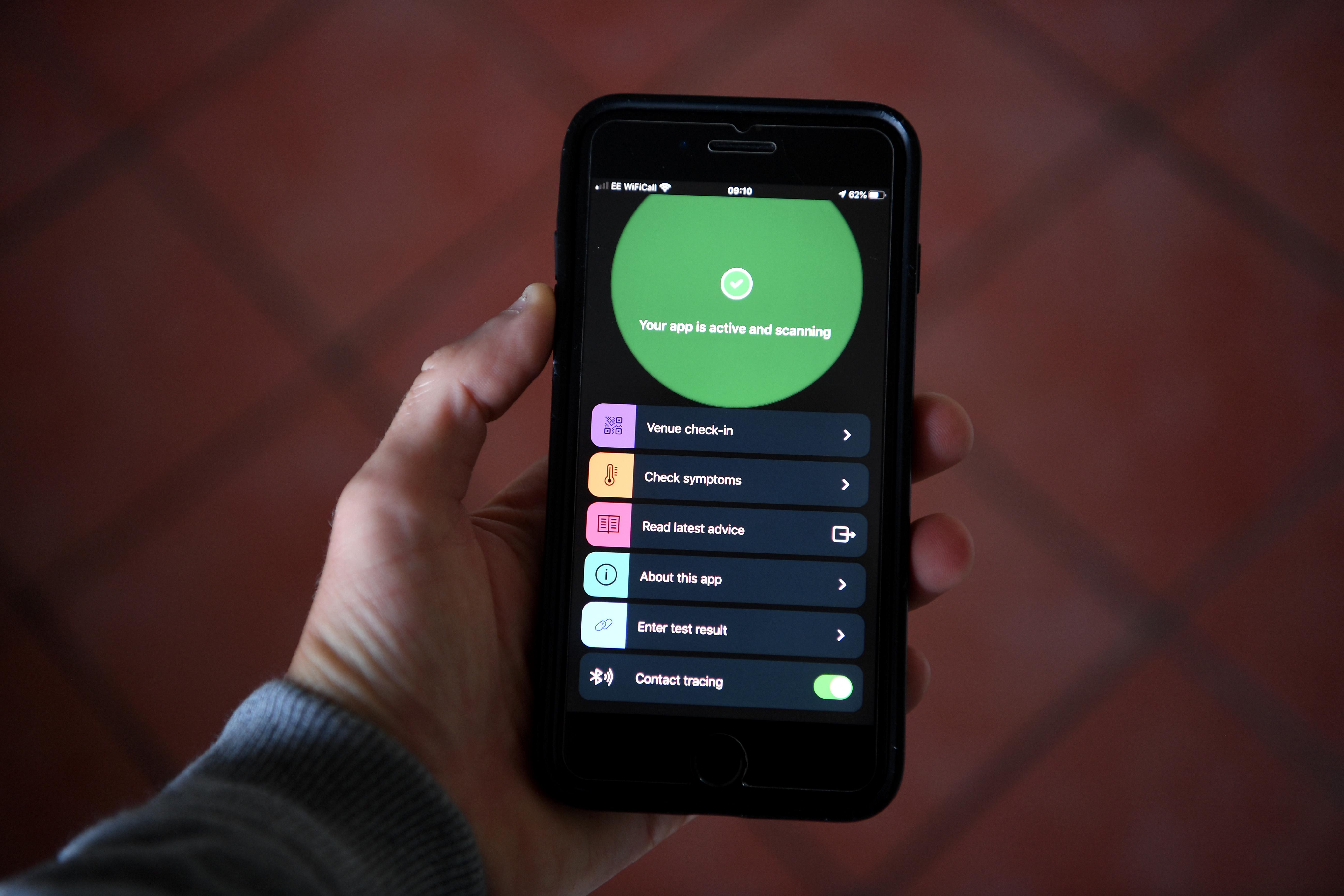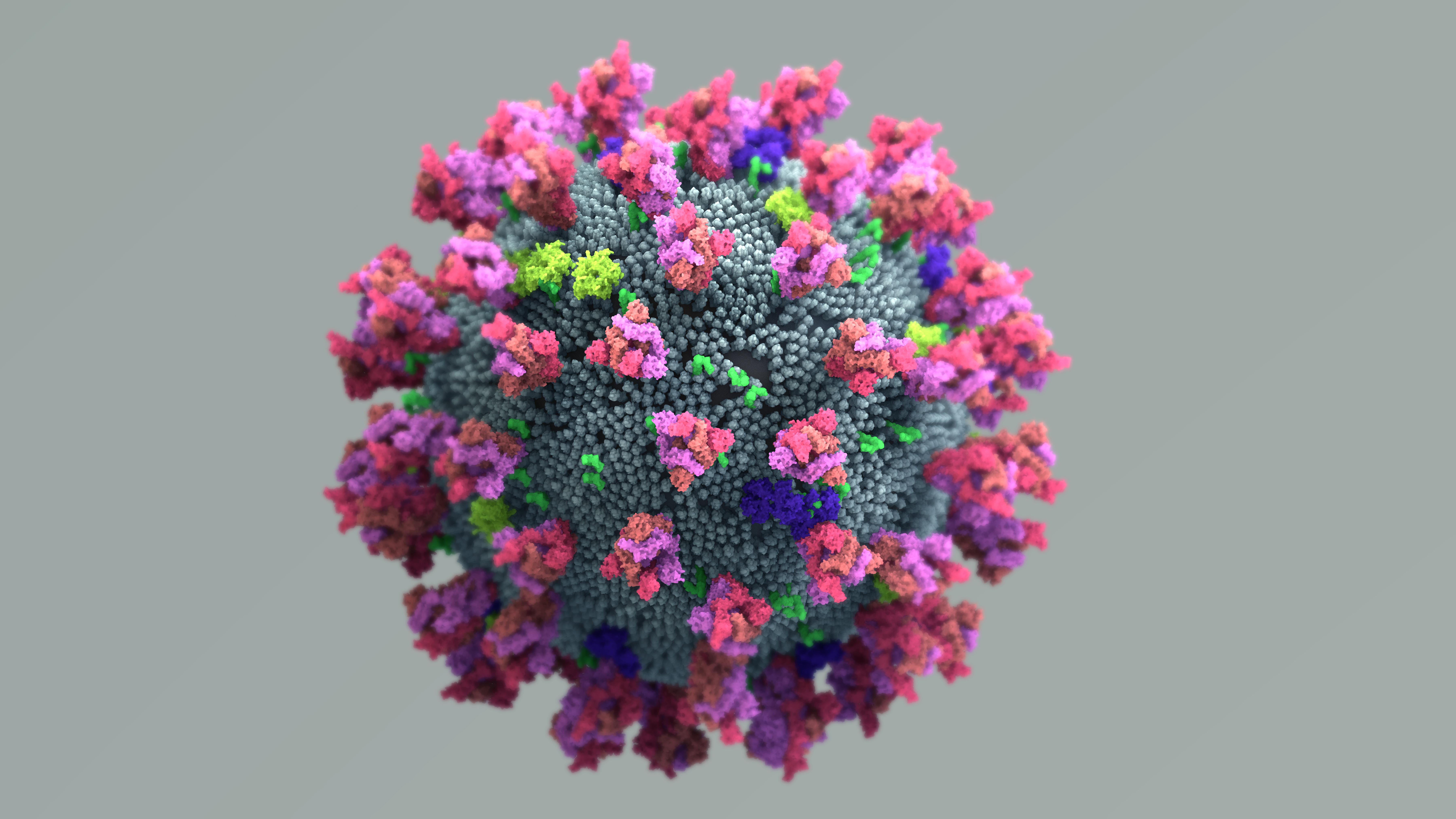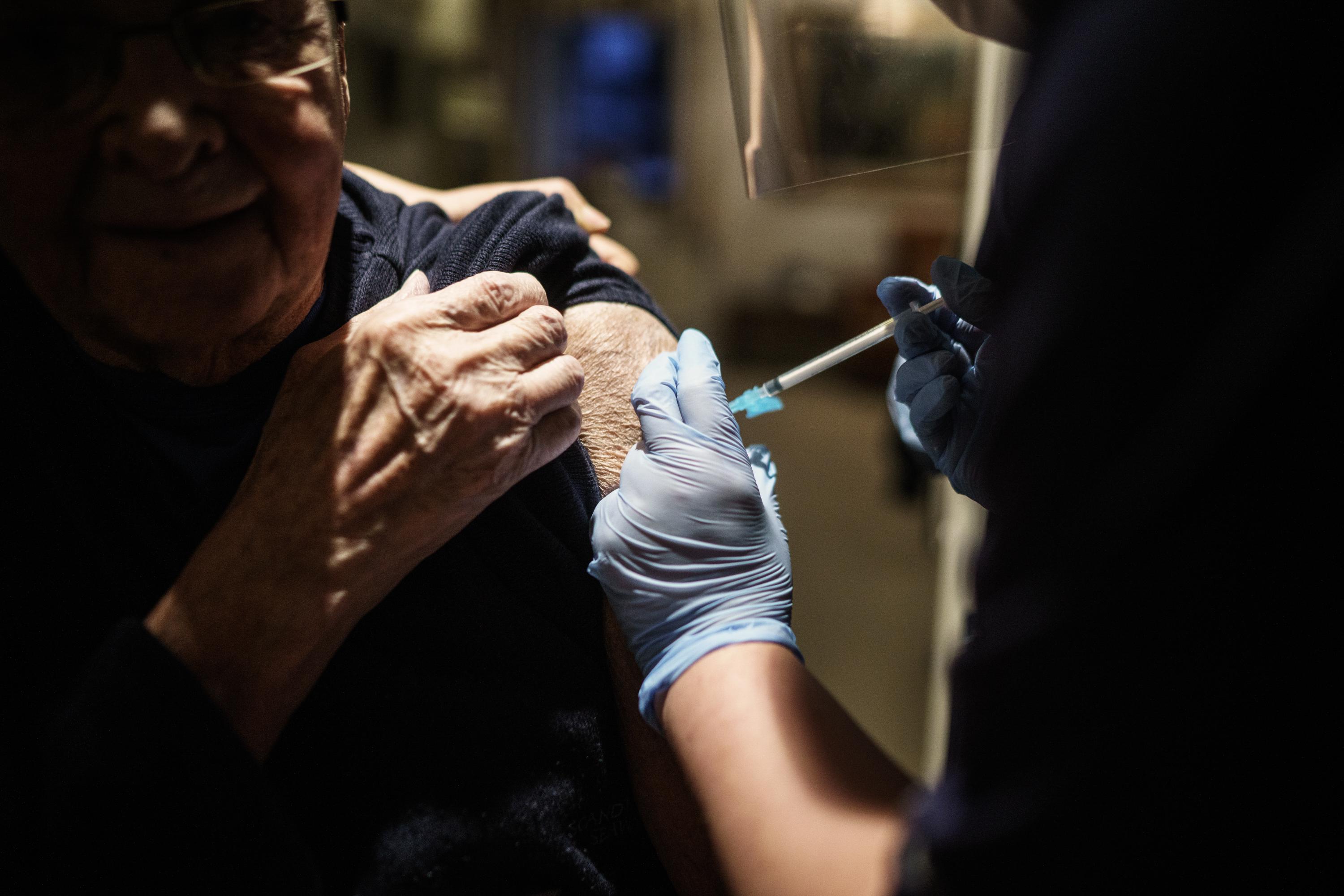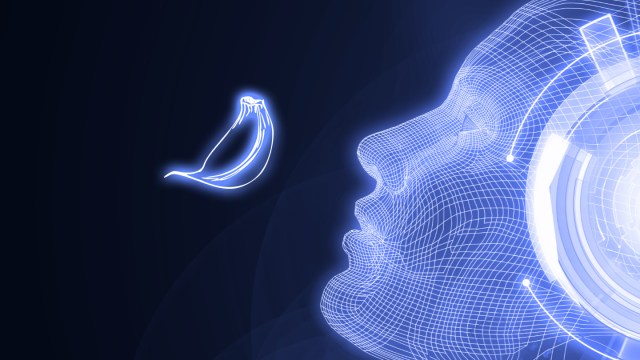Study shows how long coronavirus stays alive on common materials
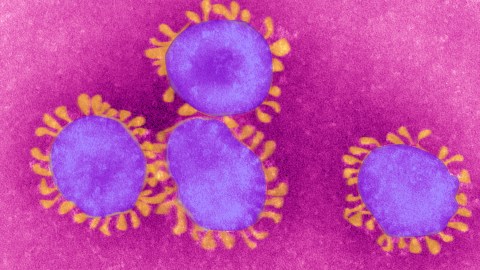
Photo By BSIP/UIG Via Getty Images
- A new study tested how long coronavirus stays infectious on surfaces like plastic, cardboard and metal as well as air.
- The results show that the virus can live from hours in air to several days on steel.
- The research underscores the importance of cleaning household and hospital areas and objects.
A new study provided some valuable information about how long coronavirus survives on different surfaces, showing that it stays alive for quite a long time on some common materials. As the disease spreads through air and contaminated objects, the findings help understand the measures that need to be taken to contain it.
For the study, the researchers tried to duplicate how a virus could be spread on surfaces by an infected person in a home or hospital setting. They dispensed an aerosol of microscopic droplets on surfaces that could end up contaminated through coughing or touching.
Here’s a list of the finding by the scientists, showing how long the coronavirus survives:
AIR (aerosols) – 3 hours
COPPER – 4 hours
CARDBOARD – 24 hours
PLASTIC – 2 to 3 days
STAINLESS STEEL – 2 to 3 days
The study’s co-author James Lloyd-Smith, a UCLA professor of ecology and evolutionary biology, cautioned that the virus is very hard to contain because it is easily “transmissible through relatively casual contact,” adding “If you’re touching items that someone else has recently handled, be aware they could be contaminated and wash your hands.”
Regularly cleaning and disinfecting surfaces around your house and public spaces is also of paramount importance. Neeltje van Doremalen from the National Institute of Allergy and Infectious Diseases, which was also involved in the study, recommended using cleaning solutions with diluted bleach as an additional possibility.
6 Steps to Prevent COVID-19
Take steps to lower your risk of getting sick with COVID-19. Here are some things you should do.
The study’s full list authors includes UCLA, the National Institutes of Health’s National Institute of Allergy and Infectious Diseases, the Centers for Disease Control and Prevention, and Princeton University.
Check out this research in the New England Journal of Medicine.
